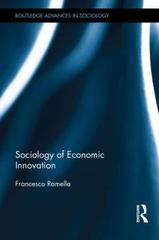Question
Different Rates for Borrowing and Lending In class, we considered the case in which the consumer can borrow and lend freely and the interest rate
Different Rates for Borrowing and Lending In class, we considered the case in which the consumer can borrow and lend freely and the interest rate r. Consider now the more realistic case in which the interest rate charged by the bank for borrowing is larger than 2 the interest rate by the bank consumer for the amount they deposit in the bank. In other words, the consumer can save at the interest rate rs (s for saving) and can borrow at the rate rb (b for borrowing) with rb > rs. The individual receives Y1 and Y2 in period 1 and 2 respectively as usual.
(a) What is the consumer's budget constraint in the case in which he consumes less than his income in period 1? Answer in the form of equation.
(b) What is the consumer's budget constraint in the case in which he consumes more than his income in period 1? Answer in the form of equation.
(c) Graph the budget constraint for the individual (on a single graph). (Hint: The budget constraint would be a kinked line and still pass through the endowment point.)
(d) Add to your graph the consumer's indierence curves. Show graphically three possible outcomes: one in which the consumer saves, one in which he borrows, and one in which he neither borrow nor saves. (e) Consider the case in which the consumer does not borrow or save. How does consumption in period 1 change when the interest rate rb increases a little bit? How does consumption in period 1 change when the interest rate rs increases a little bit?

Step by Step Solution
There are 3 Steps involved in it
Step: 1

Get Instant Access to Expert-Tailored Solutions
See step-by-step solutions with expert insights and AI powered tools for academic success
Step: 2

Step: 3

Ace Your Homework with AI
Get the answers you need in no time with our AI-driven, step-by-step assistance
Get Started


